Bathing your baby can be a soothing, loving way to bond. To clean your baby from top-to-toe here’s our guide to making it a safe, happy experience for both of you.
What you need
- A baby bath tub with a sling or mat to prevent the baby from being immersed in water. (Not necessary for sponge bathing, but useful.)
- A baby bath towel washed in gentle baby detergent.
- Sterile cotton balls to clean your baby’s eyes.
- Two soft washcloths, one for soaping and one for rinsing.
- Gentle baby body soap.
- Baby shampoo.
- Fresh nappies and ointment for nappy rash and/or circumcision if necessary.
- Rubbing alcohol and cotton swabs if needed for umbilical cord
- Access to warm water or a filled bucket.
- Clean clothes.
How to sponge bathe your baby
Sponge bathe your newborn for the first couple of weeks until the umbilical cord and possible circumcision has healed. While newborns only need to be cleaned three or four times a week (really, how dirty can they possibly get?), a nighttime bath is a good bedtime ritual to start.
Place the baby’s bathtub anywhere that’s convenient for you (and especially somewhere that’s draft free), whether that’s on the countertop in the kitchen, the baby’s changing table, or even your bed. Keep the height at a comfortable angle to help protect your back – you don’t want to do too much bending. If you choose to not use a tub, simply lay out a towel for the baby on a comfortable surface.
Have all you need to bathe and dress baby ready and within arms reach. Keep the baby in their nappy (especially boys who are known to shoot urine well across the room when uncovered) until you’re ready to wash that area. If the room is chilly, keep the baby covered in a towel and only expose the body parts one at a time as you wash.
Start with the face. First, use one sterile cotton ball for each eye, gently wiping from the inner eye outward. For the rest of the face, wash clean with just water. Then move to the chest and neck, where you can continue to use only water unless the baby is particularly dirty for some reason. Do the same for the arms, legs and back. Make sure you clean in all of those adorable folds. The hands and feet will need a small dab of baby soap, but make sure to rinse thoroughly as they’ll most likely be in your baby’s mouth in no time. Lastly, wash the baby’s genitals.
No special care is needed for boys unless they are circumcised. Wash the outside with soap and water and do not try to clean under the foreskin. For girls, wash front to back with soap and water. You might notice a normal vaginal discharge.
To wash the hair, wrap your baby in a dry towel and hold him in a football hold over a sink. Use a cup to pour warm water over the scalp, and then wash the hair with a small amount of shampoo. Dry the baby well and apply any needed ointment before putting on a clean nappy, clothing and swaddling.
How to bathe in a baby tub
If your baby’s umbilical cord has fallen off and healed, it’s time to move things over to a baby bath tub. Don’t freak if your baby hates being in the water – it’s normal. If it makes you more comfortable, continue sponge bathing for a few days and try again. Still, make sure you’re offering lots of comfort and security, firmly holding the baby so he or she knows it’s okay.
Place the baby’s bathtub anywhere that’s convenient for you (and especially somewhere that’s draft-free), whether that’s on the countertop in the kitchen, the baby’s changing table, or even inside the regular tub.
Make sure you have all your bathing needs nearby before filling the tub. Fill the tub with a small amount of warm water, only enough to keep your baby warm, but not so much to submerge the baby. Do not fill with the baby inside the tub because a sudden surge of hot water might be scalding. Test the water to make sure it’s not too hot or too cold. Now undress the baby.
Slowly lower your baby into the tub, talking calmly and holding firmly but gently. If your tub has a newborn sling or attachment, using it can provide better support. If your tub doesn’t have one, make sure you support the head and neck with one hand while you wash with the other. Be careful not to let your baby slip (wet wiggly babies aren’t easy to handle!), as it can be extremely scary – for both of you.
Like sponge-bathing, start with the face. First, use one sterile cotton ball or a clean washcloth to gently wipe from the inner eye outward. For the rest of the face, wash clean using just water. Then move to the chest and neck, where you can continue to use only water unless the baby is particularly dirty for some reason. Do the same for the arms, legs and back. Make sure you clean in all of those adorable folds. The hands and feet will need a small dab of baby soap, but make sure to rinse thoroughly as they’ll most likely be in your baby’s mouth in no time. Lastly, wash the baby’s genitals.
Wash your baby’s hair once or twice a week, unless a condition like cradle cap requires it more frequently. This is a hit or miss when it comes to babies – some are perfectly content, while others scream and flail. To prevent shampoo phobia, use a gentle baby shampoo and avoid getting it (or even too much water) in their eyes.
Happy Bath time Tips
- If you’re washing baby in the kitchen, a sink hose works great for hair washing. If not, using a cup is fine.
- Use only a small drop of shampoo, as too much can be drying and a pain to wash out.
- Rinse thoroughly with clean water, protecting their eyes from the soapy stream.
- If your baby thoroughly protests having water poured over his or her head, try wiping the scalp with a washcloth.
- Rinse baby’s body off with a new washcloth.
- Snuggle in a towel and dress in a warm area.
- If your baby’s skin looks dry, apply some unscented baby lotion.
Tips for having a successful bathing experience:
If using the bathroom, try steaming it first if your house is too chilly for a naked baby. Cover your baby’s exposed body parts with a warm washcloth. Use a bath thermometer to ensure a safe temperature of around 36 degrees. Most importantly: Never leave your baby unattended, even for a second. They can drown in less than an inch of water in a matter of seconds.
- This article was written for Kidspot, New Zealand’s leading pregnancy and parenting resource.

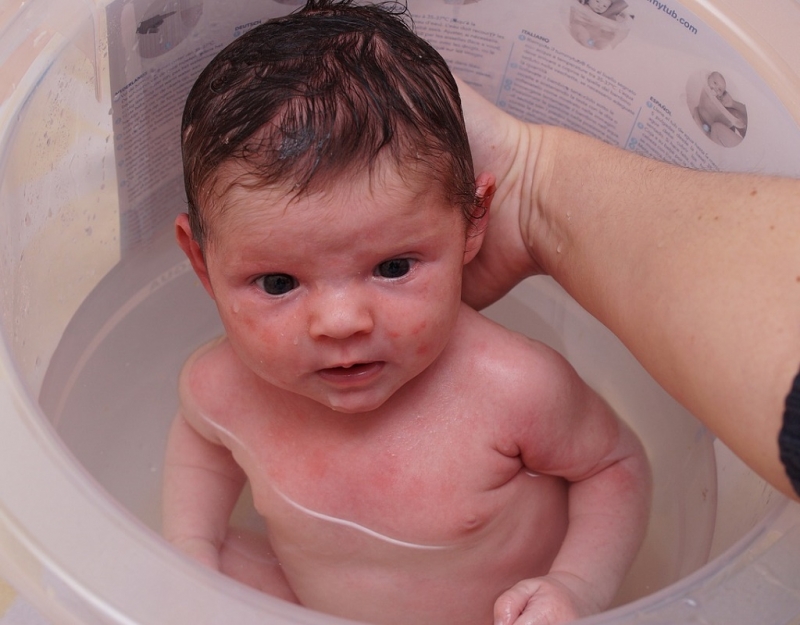

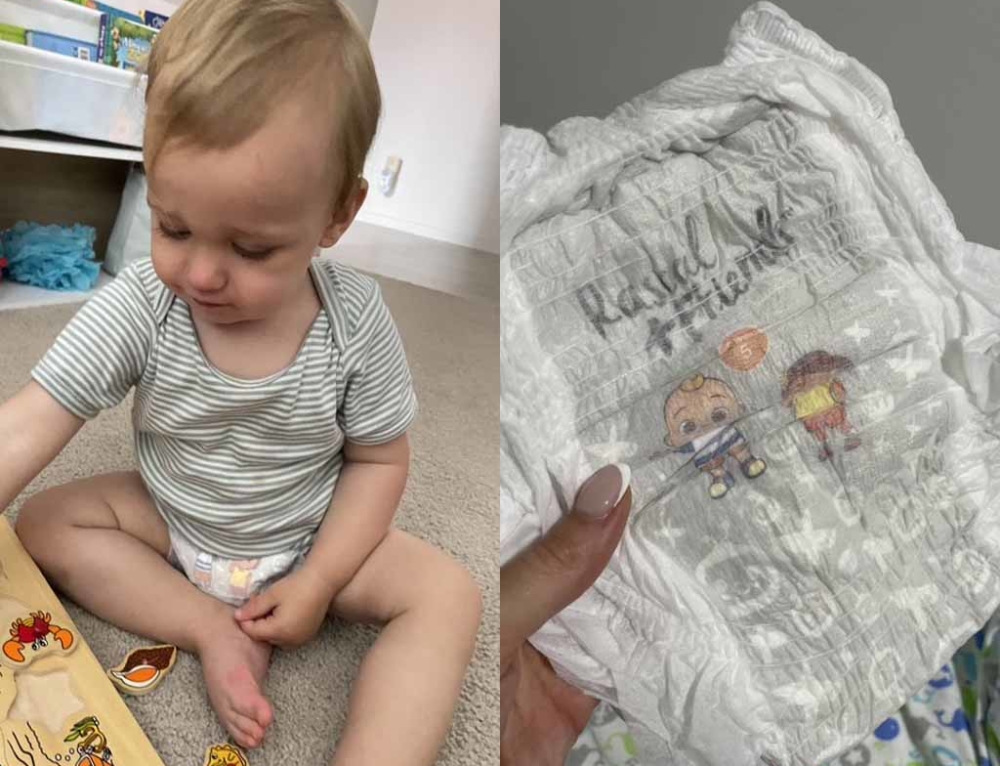
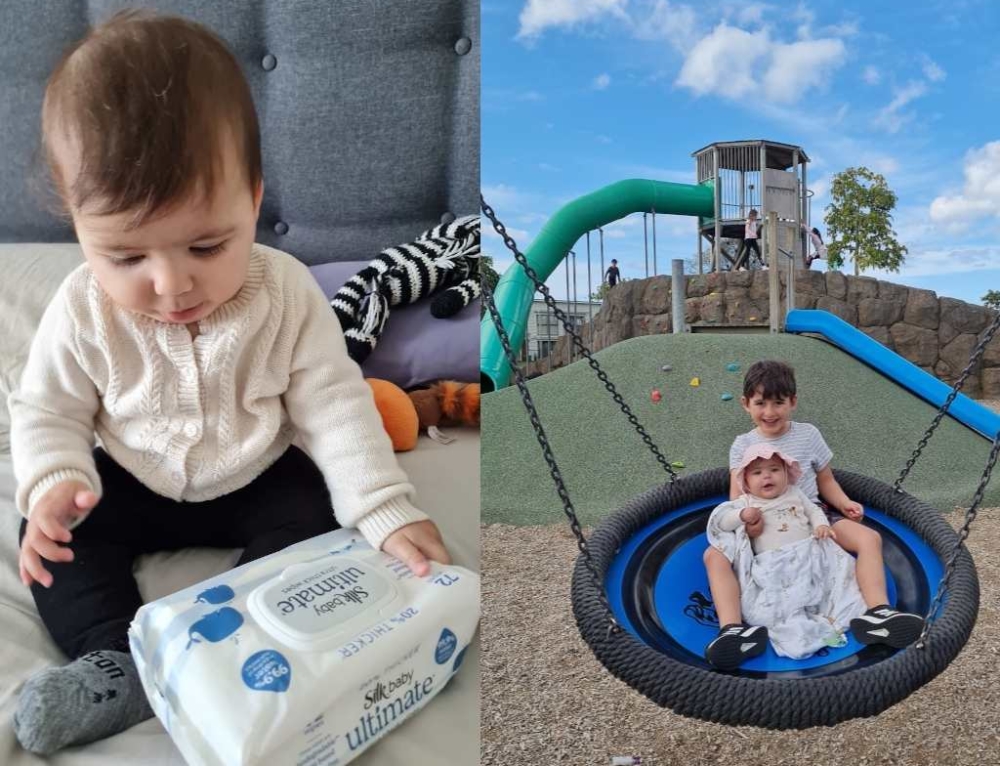
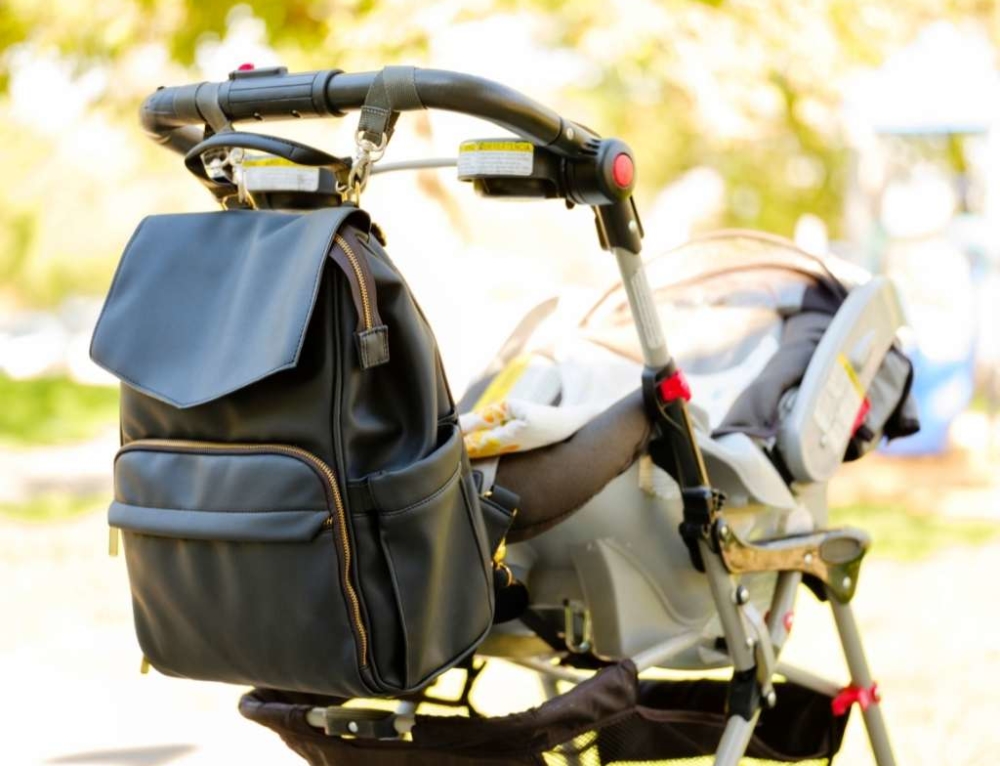
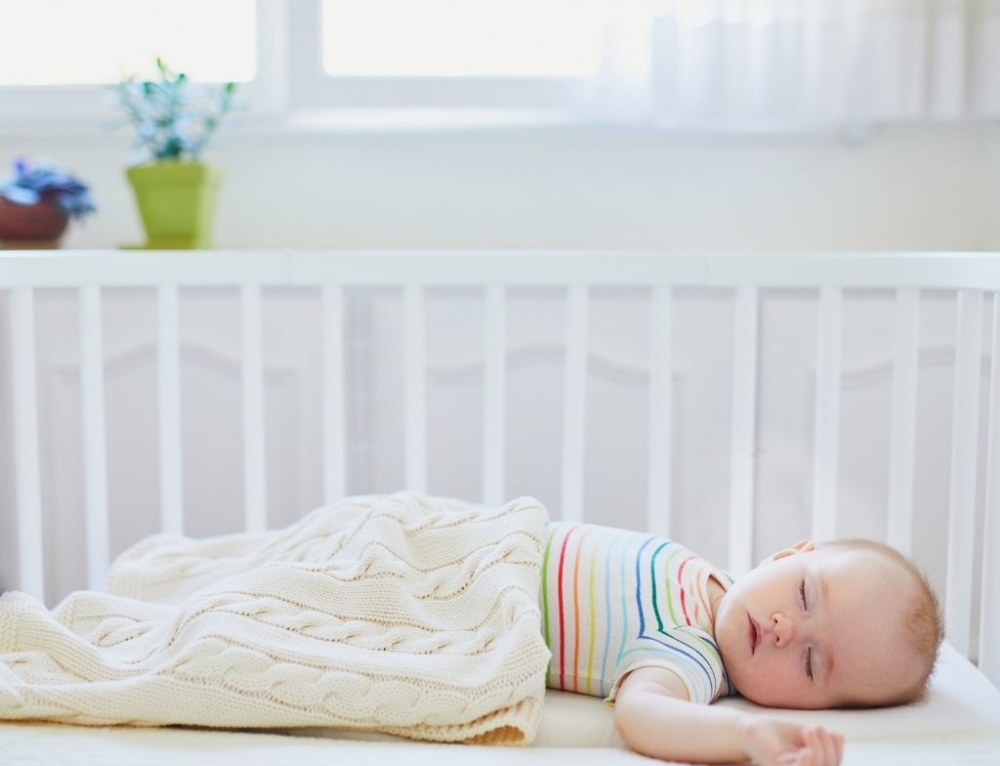
Leave A Comment
You must be logged in to post a comment.